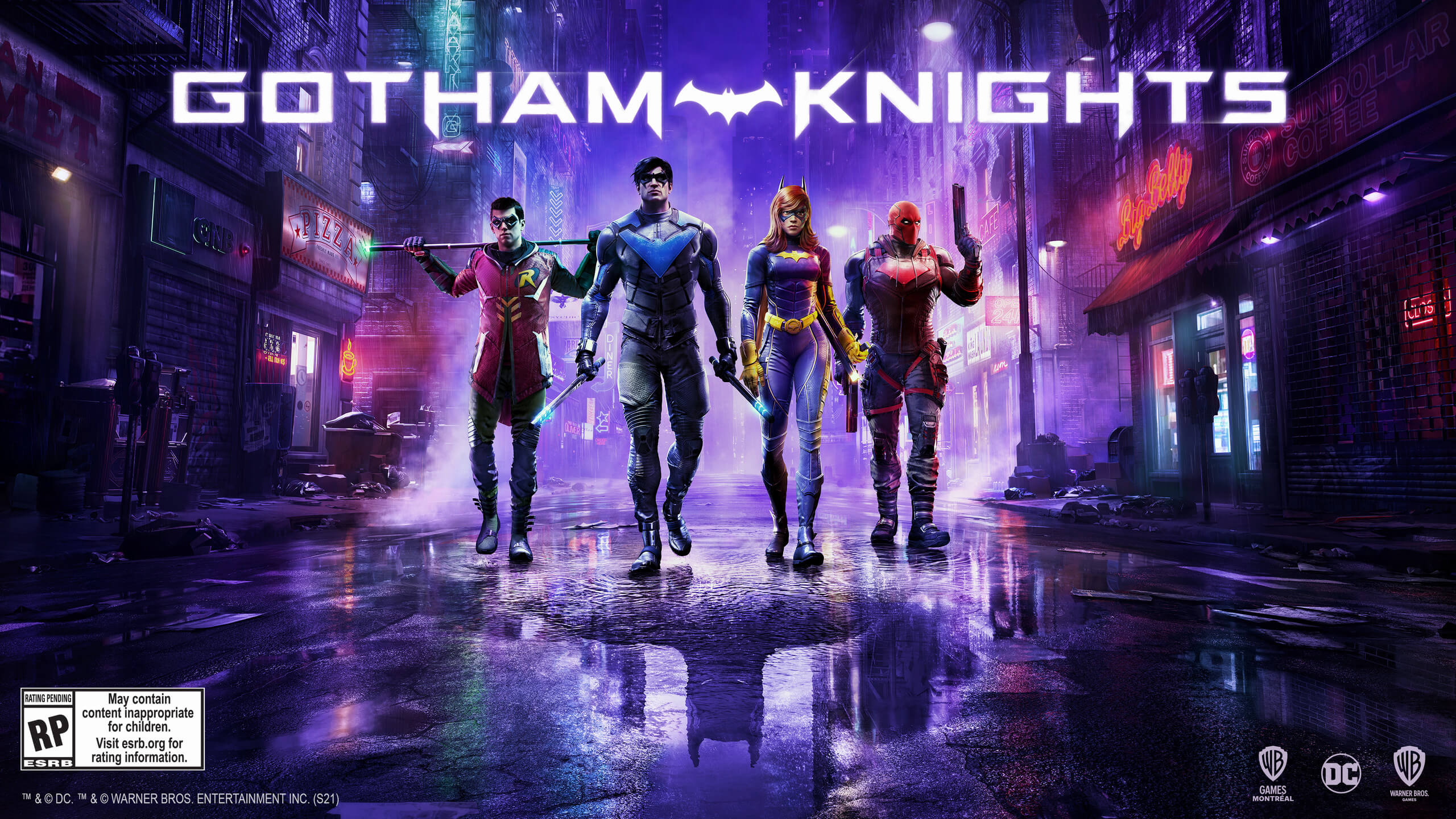OK, that makes more sense. And yeah, I can see why people are talking about added latency. Finished frame is stuck in a queue while generated is shown.DLSS 3 doesn't use 2 previous frames to generate a new frame. It generates an intermediate frame between 2 rendered frames.
As you pan right, it doesn't need to generate stuff out of thin air because the latest rendered frame is a step ahead already and that information will be used in the frame generation process.
Although not many games ship with perfect buffer structure, having reflex built in into the DLSS3 will be an overall gain for PC gaming.


